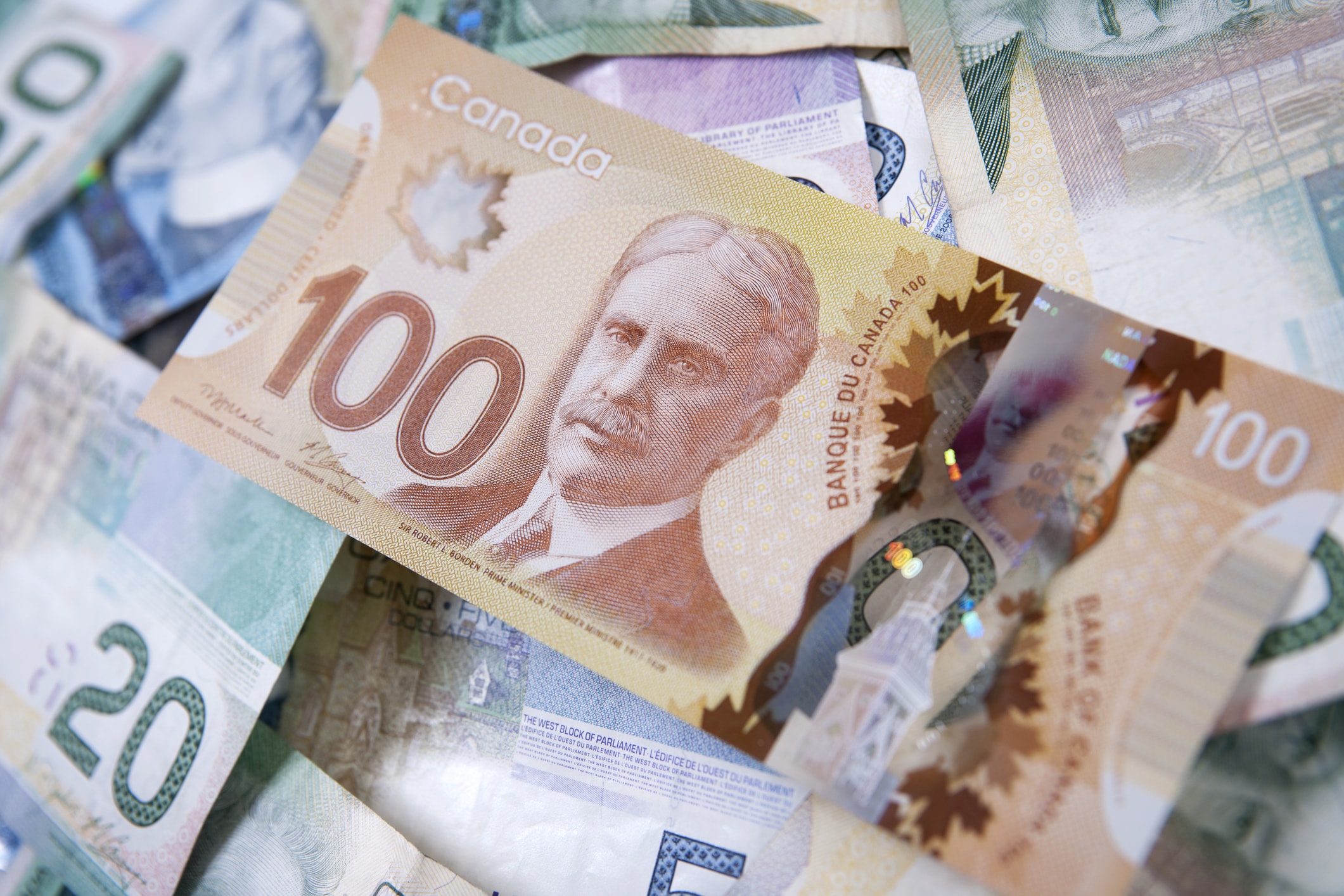European markets have seen another choppy and negative session after today’s US CPI report for June came in at sizzling hot 9.1%.
The bigger than expected jump in inflation has raised the volume on the ever-growing drumbeat of recession, which is starting to make itself heard on a more audible basis.
As has been the case globally, the surge was driven by higher food and energy prices, with US gasoline prices up almost 60% year on year.
Europe
Today’s sell-off has been across the board with all sectors getting hit, with the best performers coming from commercial real estate as British Land and Land Securities claw back some of their losses from yesterday.
The losses have been broad based, with IAG down after posting some decent gains yesterday, while the miners are also lower on weaker copper prices and rising global recession risks
The Platinum Jubilee didn’t provide the pubs sector the boost that was originally envisaged if today’s Q4 numbers from JD Wetherspoon are any guide, with the shares slipping to their lowest levels since March 2020, after like for like sales fell by -0.4% over the same period as 2019.
Despite getting permission to stay open longer over the bank holiday period, the pub chain said that it expects to post a full year loss of £30m. This was a sharp departure from an update in May when CEO Tim Martin said he expected to see a break-even outcome for profits in the current financial year, and that 2023 would see a return to relative normality. Today’s downgrade is due to higher costs in the form of higher spending on wages and maintenance, with repair costs in FY22 expected to come in at £99m compared to £76.9m in 2019. Lower than expected sales were probably a result of more people choosing the cheaper option of staying at home, celebrating with friends or at street parties.
US
US markets opened sharply lower after today’s bigger than expected increase in US CPI in June, raising concerns that the Federal Reserve might be tempted to pull the trigger on a 100bps rate hike at the end of this month. While the headline number is grabbing all the headlines it is notable that core prices fell back from 6% to 5.9%, which could serve to temper any weakness after Europe closes for the day.
With earnings season set to start in earnest tomorrow with the release of JPMorgan Chase Q2 numbers, investors are becoming increasingly concerned that the rising cost of living and inflation will prompt further revisions to its loan loss provisions. In Q1 the bank set aside $1.5bn in respect of this due to rising inflation risks. Back then CPI had been trending at just below 8%, and there were few if any who were predicting CPI at over 9%. Could we see further provisions as well as the potential for slowdowns in lending, whether it be in home loans or business.
After rising sharply yesterday, Delta Airlines shares have dropped sharply after falling short of profit expectations in Q2. Profits came in at $1.44c a share, missing expectations of $1.64c a share, while revenues also came in short at $12.31bn. The airline cited higher operating costs for the profit miss and said that these higher costs were likely to persist throughout the rest of the year.
FX
The US dollar briefly jumped higher this afternoon after US CPI hit yet another 40-year peak of 9.1%, increasing the odds that the Federal Reserve might lean towards a more aggressive rate move at the end of this month. Not only has today’s number made the prospect of a 75bps rate hike much more likely, but it has also brought the prospect of a 100bps move into play, although markets appear to be in two minds about this given core prices fell to 5.9% in June.
100bps is what we saw from the Bank of Canada today after they decided to throw the kitchen sink at inflation by hiking rate by more than expected, by 100bps, from 1.5% to 2.5%, and going on to say that there was more to come. This surprise announcement sent the Canadian dollar higher, although its gains have remained tempered by the stronger US dollar.
The euro briefly dipped below parity to 0.9998 in the wake of the US CPI report, however there was little in the way of follow-through, despite more aggressive pricing about the Feds intentions on rates later this month.
The UK economy enjoyed a decent rebound in May, growing by 0.5%, while the April number was revised higher to -0.2%. Index of services expanded by 0.4% helped by a large rise in GP appointments, which offset the scaling back of NHS test and trace which weighed on the April numbers. This seems an odd way of measuring economic output and suggests that there needs to be a recalibration of how we measure services. There was also a decent rebound in manufacturing, which rebounded 1.4%, and construction output after the weakness seen in April.
The better-than-expected nature of the numbers suggests that we might avoid a GDP contraction in Q2.
The Japanese yen is once again the weakest currency, as once again attention turns to the divergent nature of US and Japanese monetary policy.
Commodities
Demand concerns still appear to be driving the direction of oil prices, pushing Brent crude prices to 3-month lows and support at the 200-day MA. US WTI prices have also slipped back, as they also look to test support at the 200-day MA, which also equates to 3-month lows.
Today’s hotter than expected US CPI report saw gold fall to its lowest levels since August 2021, as the US dollar jumped higher on the back of another 40 year high in US inflation, rising from 8.6% to 9.1% driven primarily by higher fuel prices.
Copper prices which had been trading higher prior to today’s US CPI numbers and the surprise hike by the Bank of Canada, have rolled over sharply in the afternoon session, as markets start to price in the prospect of recession.
Volatility
Further policy tightening from the Hungarian Central Bank yesterday may have bought the Forint some support, but early indications are that this isn’t looking sustainable, and the erosion of value continues. At one point during Tuesday’s session, Dollar/Forint closed in on 415, the rate hike then initiated a reversion of around 3% but the greenback has already recovered around half of those losses. Daily vol on the pair sits at 29.65% against 20.79% on the month.
In soft commodities, oat prices fell sharply yesterday, with the underlying falling from $520 to $475. Given the latest concerns over heatwaves impacting harvests, the move may well have been driven by the approaching contract expiry in futures markets. Daily vol on the trade rose to 133% against 99% on the month.
CMC’s proprietary basket of renewable energy stocks slipped lower yesterday although this seems to have been driven more by price action surrounding one of the heavyweight constituents rather than any sector-wide impact. Having traded in a range of around 20% over the last month, this is looking like a relatively active trade over longer horizons, with yesterday’s vol of 85% not being that far ahead of the monthly print of 72%.
It certainly wasn’t all doom and gloom for the green tech companies however, with Electric Vehicle start up Canoo seeing its share price surge yesterday after WalMart announced it would be ordering 4,500 vans from the company. The stock did give back a reasonable proportion of its early gains, but still closed the day 50% higher. Daily vol sat at 418% against 191% on the month.
CMC Markets erbjuder sin tjänst som ”execution only”. Detta material (antingen uttryckt eller inte) är endast för allmän information och tar inte hänsyn till dina personliga omständigheter eller mål. Ingenting i detta material är (eller bör anses vara) finansiella, investeringar eller andra råd som beroende bör läggas på. Inget yttrande i materialet utgör en rekommendation från CMC Markets eller författaren om en viss investering, säkerhet, transaktion eller investeringsstrategi. Detta innehåll har inte skapats i enlighet med de regler som finns för oberoende investeringsrådgivning. Även om vi inte uttryckligen hindras från att handla innan vi har tillhandhållit detta innehåll försöker vi inte dra nytta av det innan det sprids.






